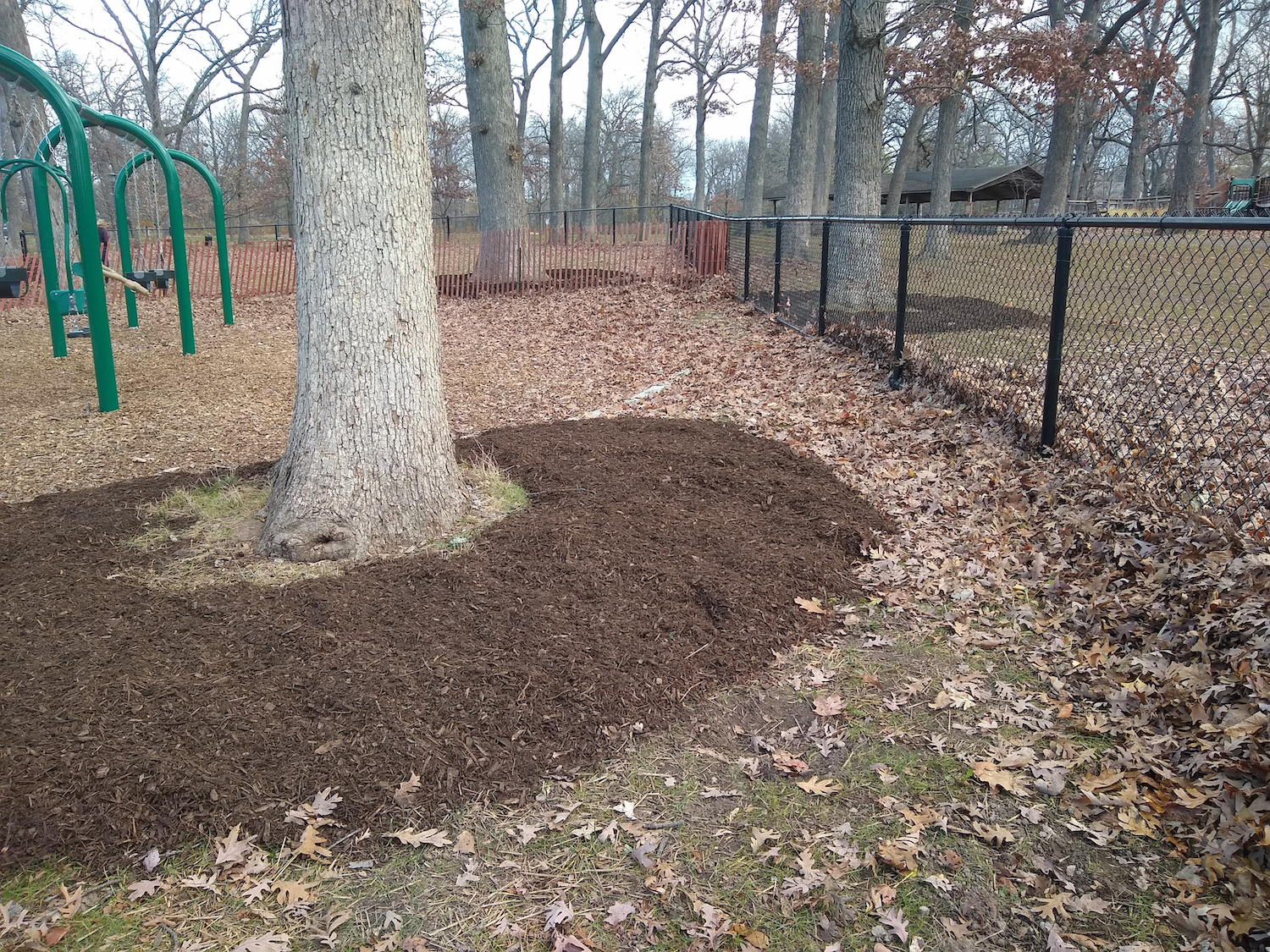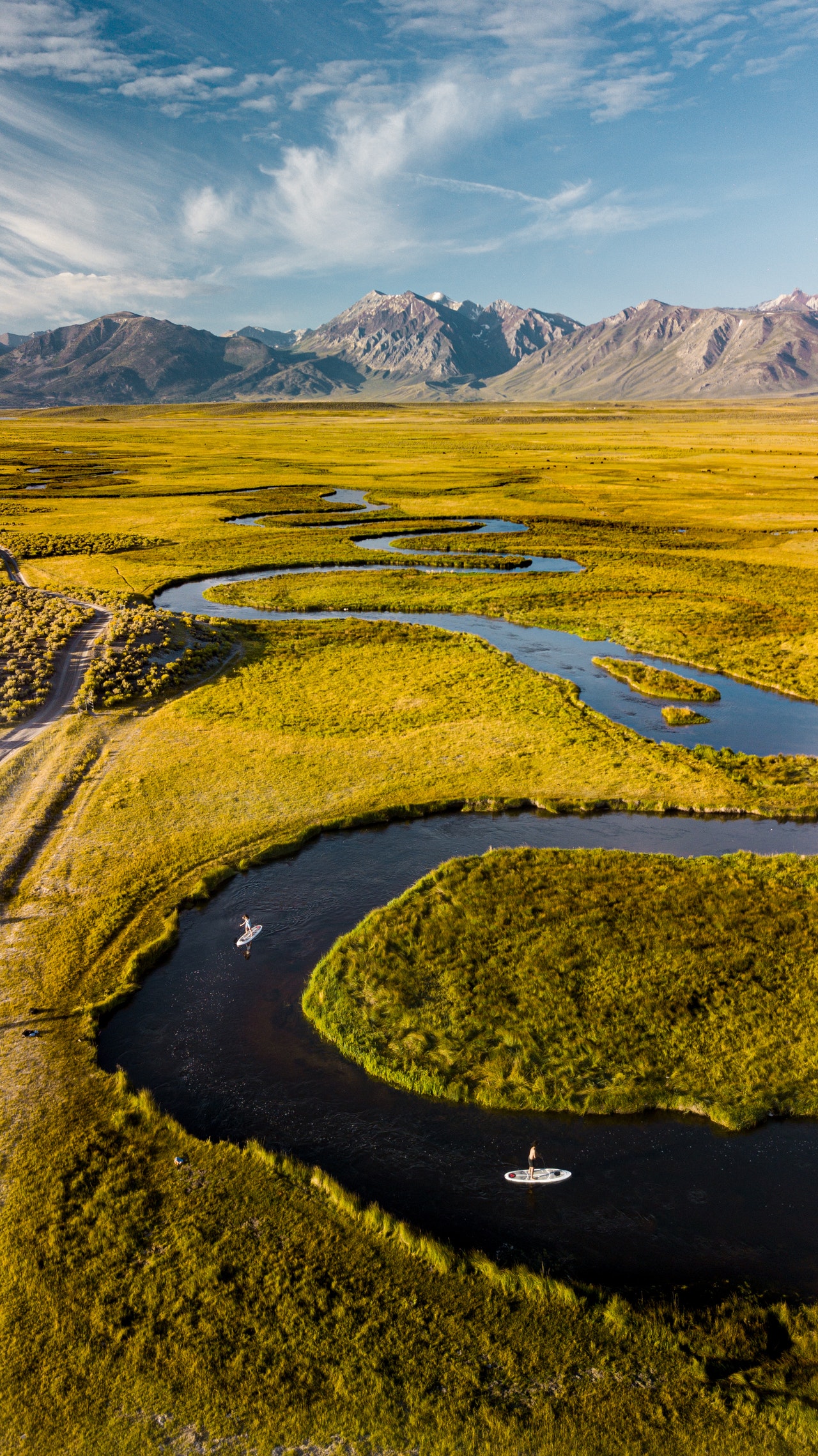According to the USDA Forest Service, management solutions are urgently needed to cope with the large number of oak trees that are declining in our northern forests. Trees affected by root diseases like Phytophthora and Armillaria can lose capacity to absorb water and nutrients. This further weakens the trees and favors secondary issues such as infestation by two-lined chestnut borer. This spring, District staff observed secondary infections of Hypoxylon cankers in red oaks.
The Park District has been working to address oak decline since 2019 when it began a series of annual preventative treatments in our trees at Sunset Woods Park.
Beginning in August of 2022, the District has participated in a Morton Arboretum study to treat and track the health of declining oaks. Arboretum staff visited Sunset Woods and Heller Nature Center to test for Phytophthora, a soil-borne root rot disease. Species of Phytophthora produce spores that can survive for years in moist soil and can travel through water to infect a living host. A total of eight trees (four white oaks at Sunset Woods and four red oaks at Heller Nature Center) are part of the ongoing study.
Separately, the District has tagged trees in Sunset Woods Park for treatment for root disease. In late September, 45 trees will be treated for Two-lined Chestnut Borer and 7 trees will receive a growth regulator application.
Fortunately, many of the trees in Sunset Woods are Swamp White Oaks that are tolerant of wet conditions. Also, the District has been proactive about planting new trees. For example, since 2015, Arbor Day volunteers have been planting 20 trees a year in the park. No mow areas around the park also help protect vulnerable trees from damage. For more information, contact Liz Ricketts, Natural Areas Manager, [email protected].
September 27, 2023
45 trees will be treated for Two-lined Chestnut Borer and 7 trees will receive growth regulator application.
September 27, 2023
November 9, 2022

Park District crews added a layer of protective mulch around select trees in Sunset Woods Park, as a follow-up to the air spading project that addressed soil compaction. Properly applied, the mulch layer helps regulate soil temperature and moisture to promote root health.
November 9, 2022
November 3, 2022
Select oak trees adjacent to the Sunset Woods playgrounds will receive an extra level of attention to promote healthy root growth and long-term health. Arborists will use a process called air spading to loosen the soil around the roots of the trees.
Compaction of the soil is a primary cause of tree decline. Compaction occurs when soil is compressed by heavy or regular traffic (even constant foot traffic) causing the all-important pores between soil particles to close. These pore spaces hold air, water and nutrients which are essential to tree health.
November 3, 2022









